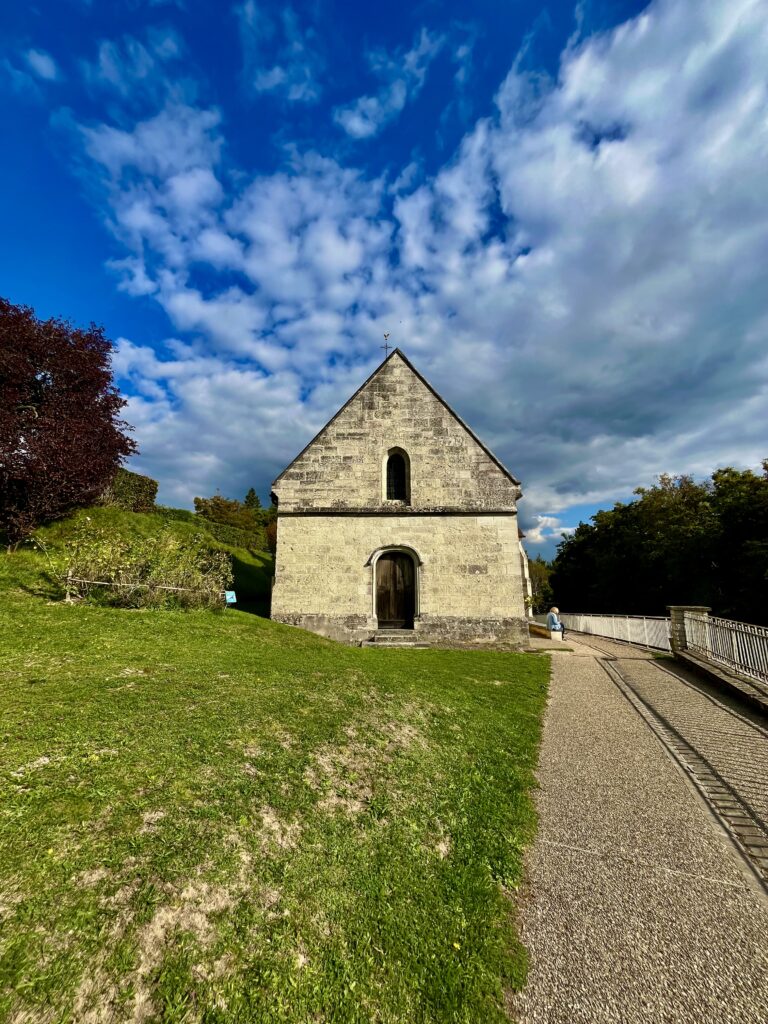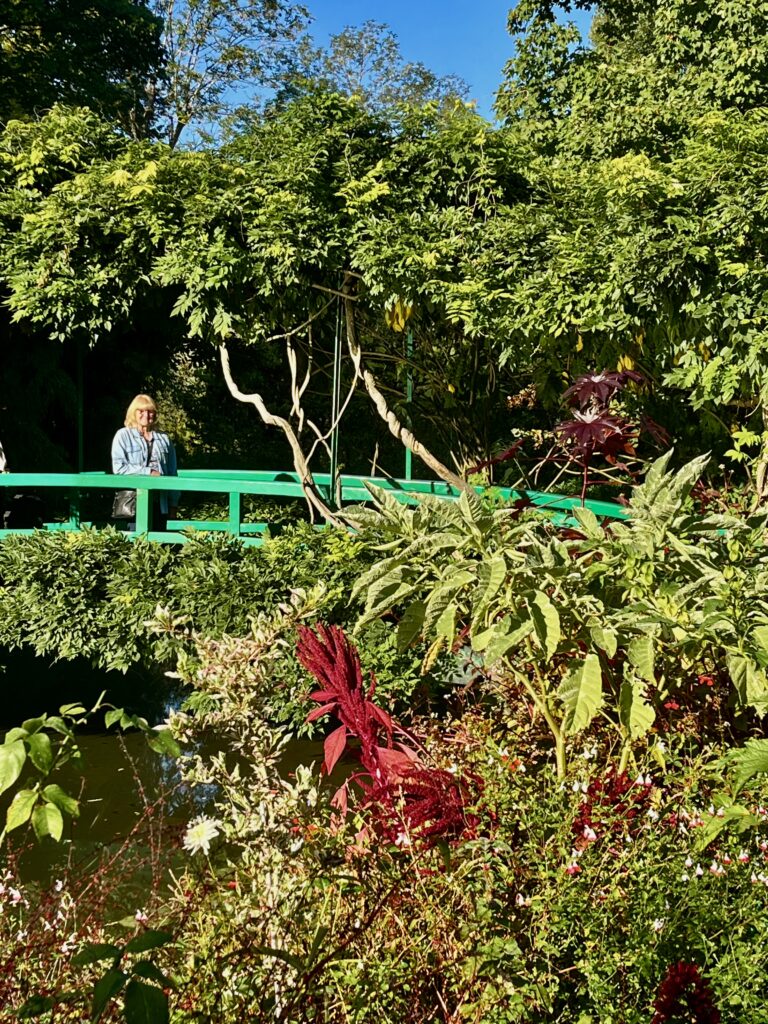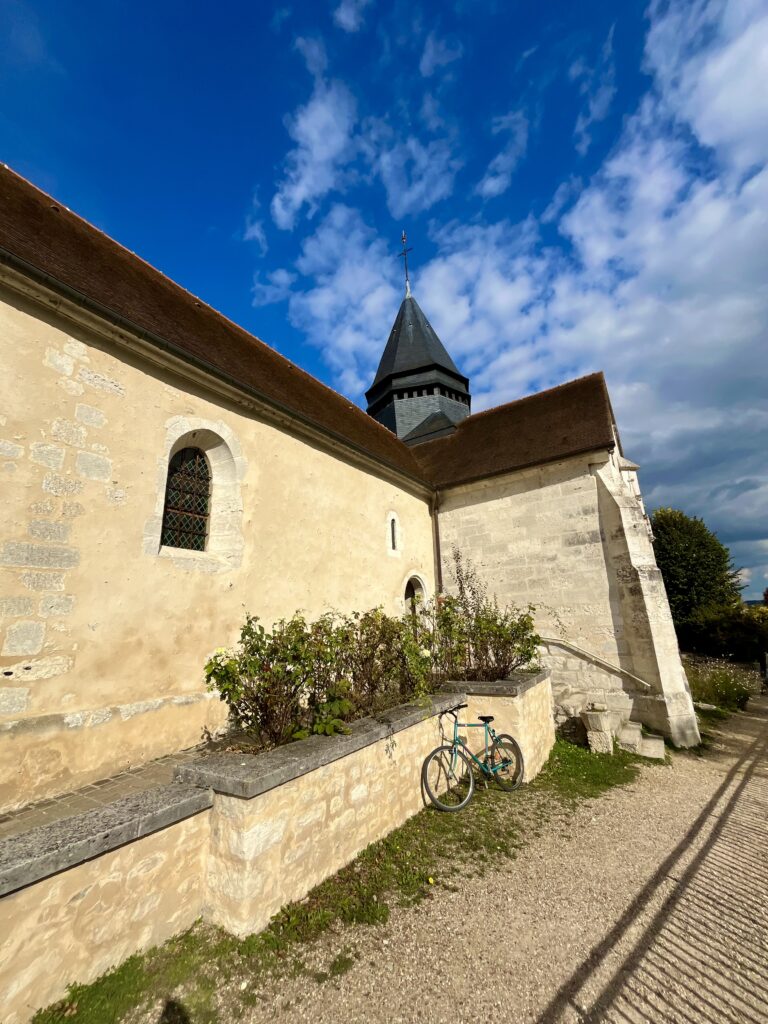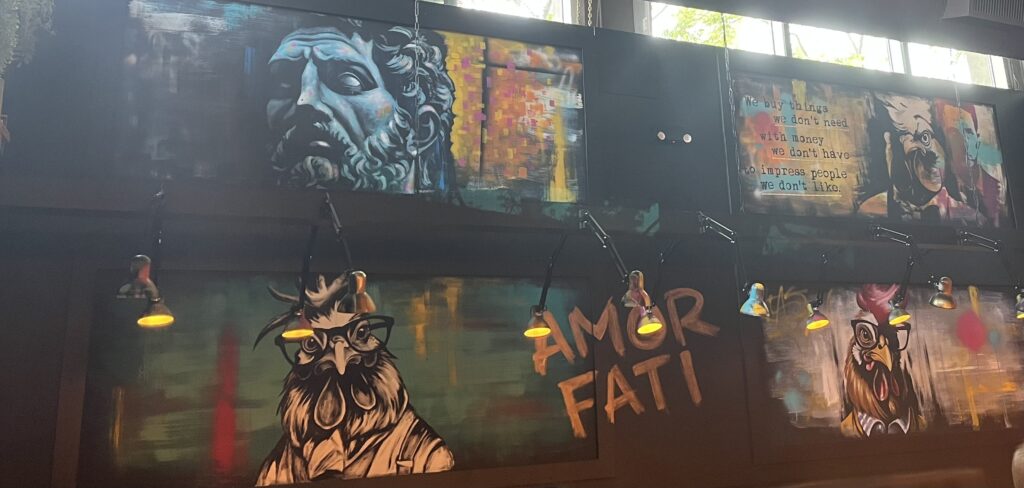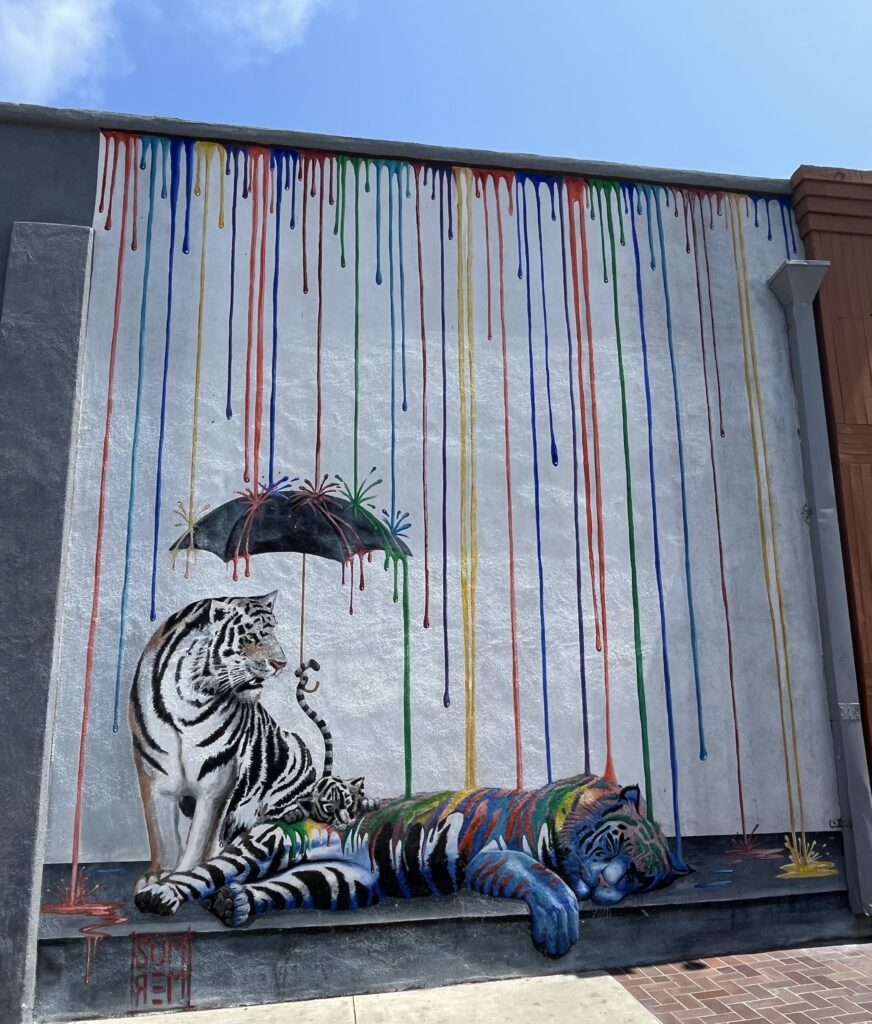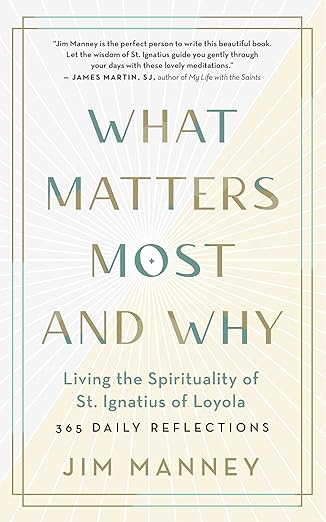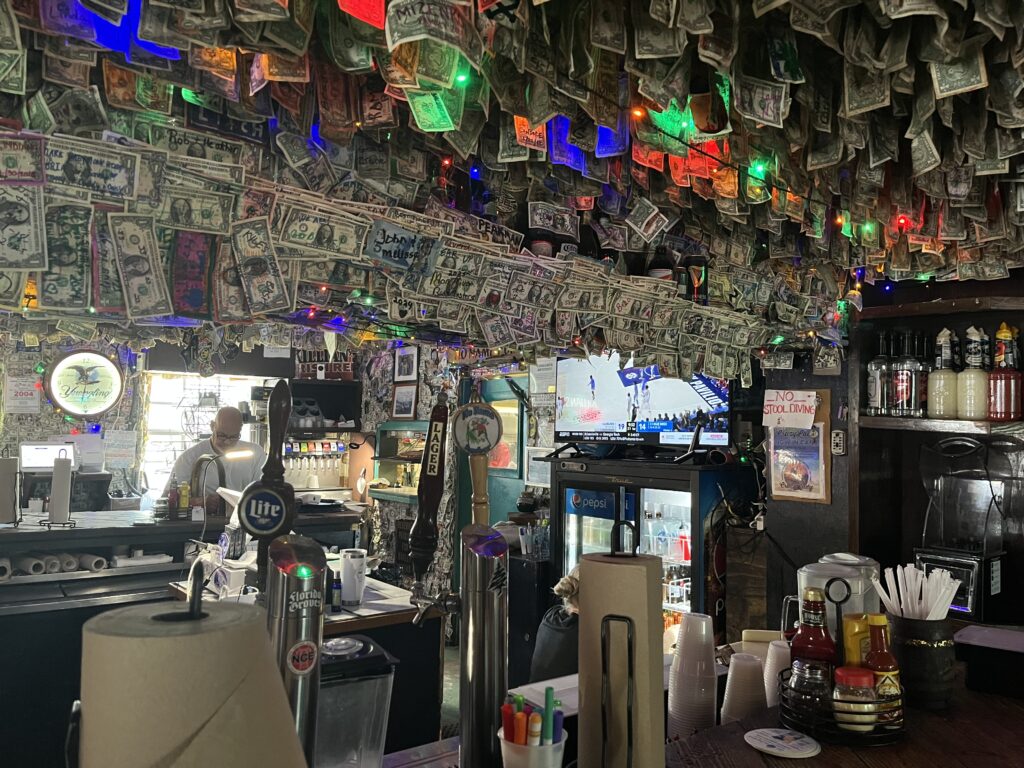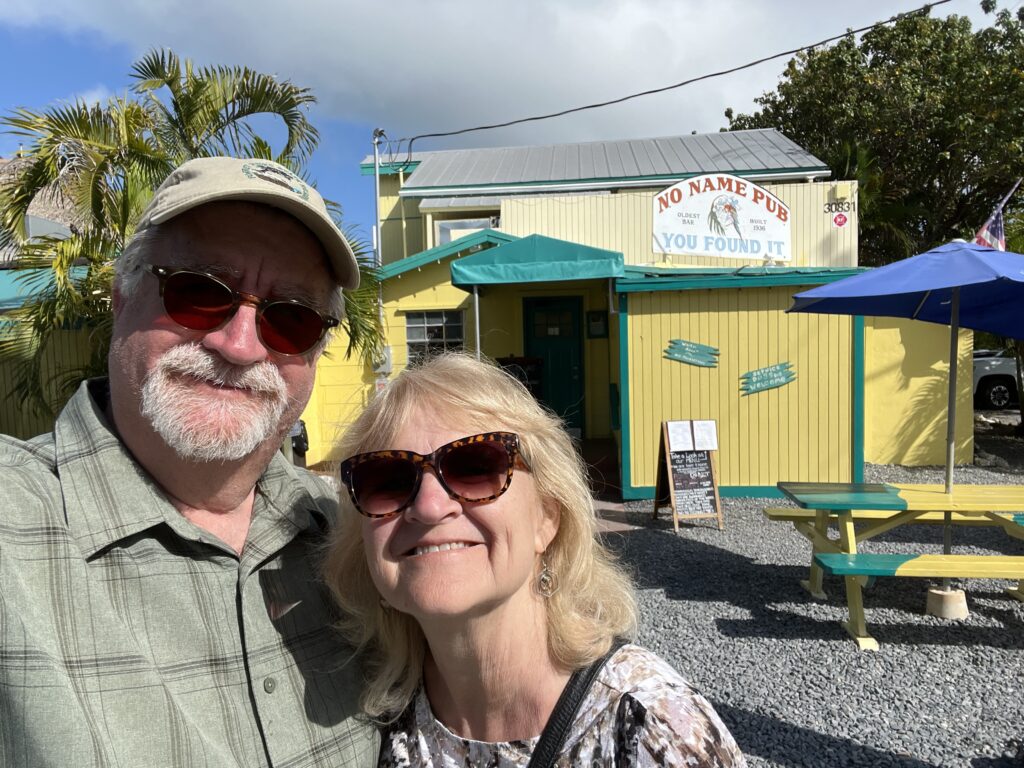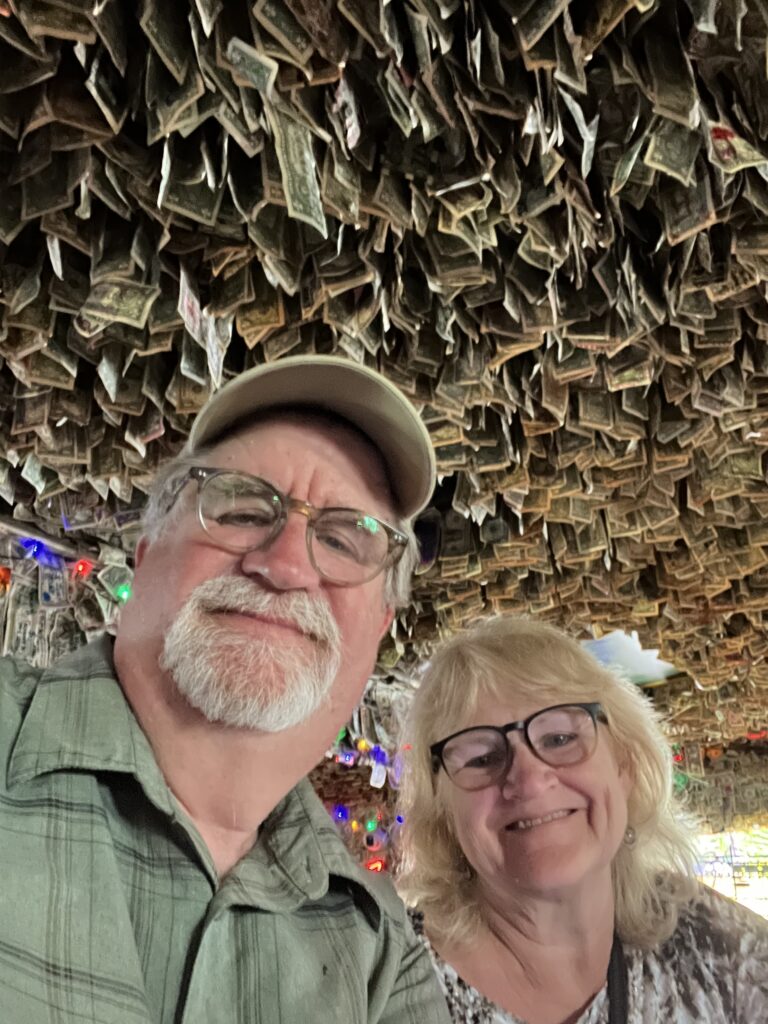We just kept following the signs.
One day near the end of September, Sue and I and our good friends, John and Karen, spent the morning walking through Claude Monet’s famous garden in Giverny, a small village in France’s Normandy region where the Epte flows into the Seine and where the impressionist master lived and worked from 1883 until his death in 1926. It’s the one with the water lilies and the green footbridge crossing the small pond, of course. No doubt you’ve seen the pictures.
While there, we followed the signs, first through the tunnel under the road to the water lily pond and then back through the tunnel to the rest of his gardens and home. It was an exquisite, unhurried morning in an unforgettable place. As we made our way back through the village’s main street, the aptly named Rue Claude Monet, we kept seeing flyers advertising “daily piano concerts” in the village church. We decided to follow the signs, which isn’t very hard to do in a town with one main road.
We arrived at the Church of Sainte-Radegonde, where Monet is buried and where the daily classical “improvisational” piano concert was advertised featuring someone named Hughes Reiner. Not knowing what to expect, we ducked into the dimly lit church and waited for our eyes to adjust before finding a seat among a handful of others. It quickly became evident to all of us that we had been dropped into the middle of something very special.
Reiner, it turned out, is a rather famous pianist, composer, opera singer, choirmaster, and conductor who lives locally but who has played all over France and Europe. Without much classical music knowledge, I don’t have many words for what we heard but it was certainly as exceptional as his resume was long. He was truly an extraordinary, intricate (and fast) pianist, and we sat mesmerized by his playing, with not a note of music in front of him.

As we were about to leave, I noticed an ornate, calligraphed sign near one of the side walls of the church. It was, of course, written in French, so I had no idea what it said. John snapped a photo and loaded it into an app that translated it in seconds. He passed me his phone and I read:
You have entered this house.
The house of God.
Whoever you are, He welcomes you.
With your joys, your sorrows.
Your successes, your failures.
Your hopes, your disappointments.
Be welcome.
Generations before you have loved this place,
have contributed to building it, to making it beautiful.
They prayed here.
Respect the peaceful silence.
If you are a believer, pray.
If you seek, reflect.
If you doubt, ask for light.
If you suffer, ask for strength.
If you are joyful, give thanks.
And may you remain here.
Whoever you are, He welcomes you.
Welcome Him. too.
The translation as I repeat it here may not be complete or perfect, but the moment was transcendent, a simple reward for following and reading the signs. It was a reminder that God gives us these signs on a daily basis, wherever we are, if only our eyes are open wide enough to see and read.
